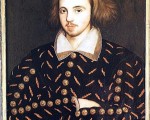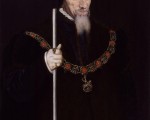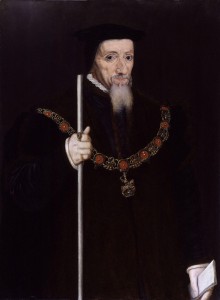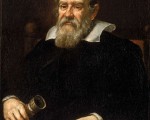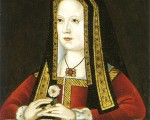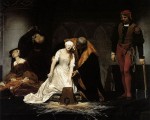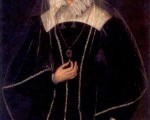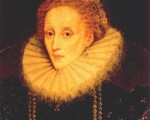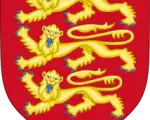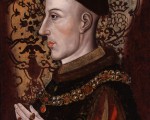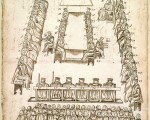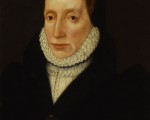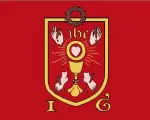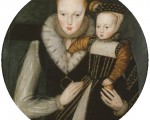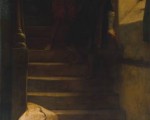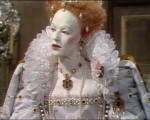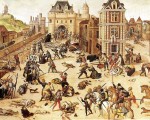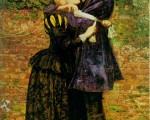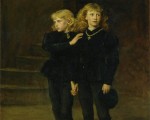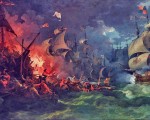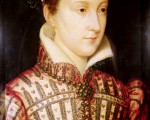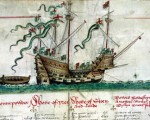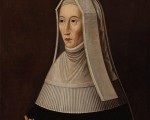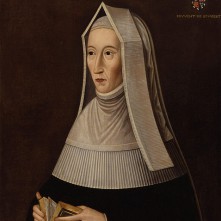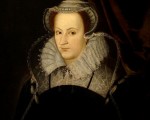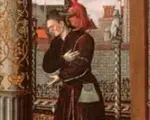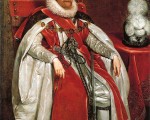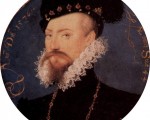15 February
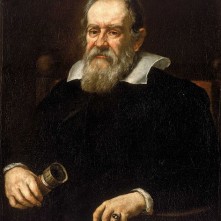
Galileo Galilei
1499 – Death of James Goldwell, Bishop of Norwich, at the bishop's palace in Hoxne, Suffolk. He was buried in Norwich Cathedral, in the chantry chapel.
1503 – Death of Henry Deane, administrator and Archbishop of Canterbury. As well as serving Henry VII as Archbishop, Deane also served as Chancellor of Ireland, Deputy Governor for Prince Henry and Keeper of the Great Seal. He died at Lambeth Palace and was buried at Canterbury Cathedral at a lavish funeral.
1536 – Death of Richard Rawlins, Bishop of St David's and former warden of Merton College.
1551 - Thomas Arden, businessman and inspiration for the 1592 Elizabethan play, “The Tragedie of Arden of Feversham and Blackwill”, was murdered by his wife, Alice, and her lover, Thomas Morsby, and conspirators.
1564 – Birth of Galileo Galilei, the Italian physicist, mathematician, astronomer, and philosopher, in Pisa, Italy. He was one of the central figures of the Scientific Revolution and supported Copernicanism (the heliocentric model). He has been referred to as “the Father of Modern Science”, “the Father of Modern Physics” and “the father of modern observational astronomy”. He is also known for his discovery of the Galilean Moons (Jupiter's satellites), his improved military compass and his work on the telescope.
1571 – Death of Sir Adrian Poynings, soldier. He served as a soldier in Boulogne from 1546 to 1550, when he was made Lieutenant of Calais Castle, then in the St Quentin campaign of 1557 and in Le Havre in 1562.
1598 – Death of John May, Bishop of Carlisle, at Rose Castle, his episcopal residence. He was buried in Carlisle Cathedral.
1616 – Death of Sir George Carey, Lord Deputy of Ireland. He was buried at Cockington, Devon.
[Read More...]


